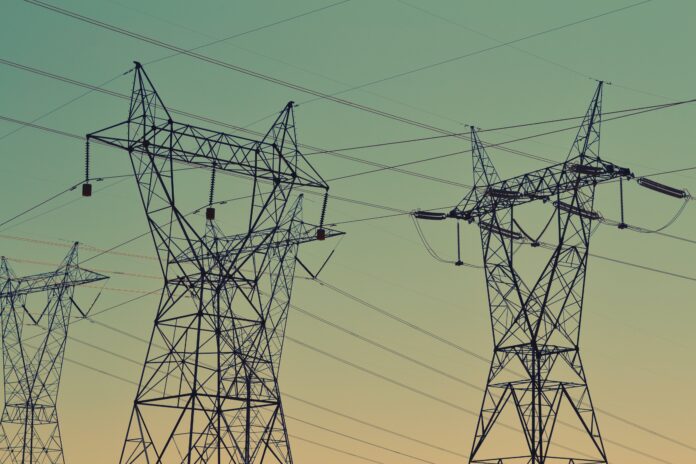The Ministry of Energy and Mineral Resources (ESDM) is currently intensifying efforts to finalize the financing model for the monumental project of constructing an interconnection between the Sumatra and Java electricity grids. Recognizing the potential benefits of collaboration with private entities, the government is exploring the option of tapping into private funding to facilitate the development of this ambitious cross-island power transmission venture.
Amidst these considerations, the Director-General of Electricity at the Ministry of ESDM, Jisman P. Hutajulu, has been at the forefront of assessing the feasibility of adopting a partnership-driven approach.
Delving into the intricacies of the collaboration scheme, Jisman highlighted how certain design-build-maintenance (DBMT) models are being evaluated, wherein private enterprises would undertake the construction and maintenance aspects, while the operation would remain the responsibility of PLN (Perusahaan Listrik Negara), Indonesia’s state-owned electricity company.
As he elucidated during an interview in Jakarta on Wednesday (2/8/2023), the ministry is meticulously studying the prospects of such cooperative endeavors to offset the considerable investment needed for establishing a robust electricity grid between Sumatra and Java.
However, the Director-General also underscored that while the groundwork for this groundbreaking initiative is being laid, comprehensive details pertaining to the precise investment requirements are still being fine-tuned.
Jisman attributed this to the project’s ongoing integration into the revised Electricity Supply Business Plan (RUPTL) 2021-2030. As he explained, updating financial projections, conducting meticulous feasibility studies, and embracing cutting-edge technologies are pivotal to ensuring the soundness of the endeavor.
Beyond financial considerations, the inter-island electricity grid project has garnered heightened governmental attention as a strategic countermeasure against electricity oversupply within the Jawa-Bali system. Moreover, its realization is envisaged to bolster the nation’s future electricity supply reliability and distribution capabilities.
“The Jawa-Bali interconnection project holds a degree of urgency and needs to materialize to efficiently distribute electricity to Sumatra while elevating overall grid resilience,” Jisman emphasized.
The visionary ambitions of Indonesia’s electricity development extend beyond the Sumatra-Java interconnection, with broader plans encompassing extensive power grid interconnections spanning from Aceh to Sulawesi and even crossing borders to engage with neighboring countries like Malaysia and Singapore.
Among the significant transmission lines slated for implementation are the Sumatra-Java and Sumatra-Malaysia interconnections, each designed to operate at an impressive capacity of 500 kilovolts (kV). These vital projects have already been incorporated into the comprehensive Electricity Supply Business Plan (RUPTL) covering the span of 2021-2030.
Furthermore, PLN, as the key player in the power sector, has designated transmission development as a priority, particularly within the Sumatra and Java systems. Noting the current constraints in electricity distribution from central power generation centers, Evy Haryadi, PLN’s Director of Transmission and System Planning, elucidated how congestion in transmission routes can be analogous to road congestion.
Addressing the challenges of capacity limitations, she proposed augmenting existing capacity or establishing new transmission lines as viable solutions to enhance the overall transmission efficiency.
At the core of Indonesia’s commitment to advance electricity infrastructure is a dedicated focus on sustainability and renewable energy integration. In light of these initiatives, Evy estimated the required investment for constructing new transmission lines within the Java-Bali interconnection system, amounting to an impressive US$2.9 billion, approximately equivalent to Rp43.46 trillion based on the prevailing exchange rate of Rp14,955 per US dollar.
This colossal undertaking aims to create a sturdy backbone transmission system that optimally harnesses renewable energy sources, often located in remote areas, ensuring a reliable and sustainable electricity supply for the archipelago.
As Indonesia takes momentous strides in strengthening its electricity infrastructure, the nation looks poised to embrace the transformative potential of these interconnections, fostering economic growth, regional cooperation, and environmental stewardship.
With an unwavering focus on long-term resilience and efficiency, the country aims to propel itself towards a greener and electrifying future, redefining its energy landscape and contributing to global sustainability goals.























